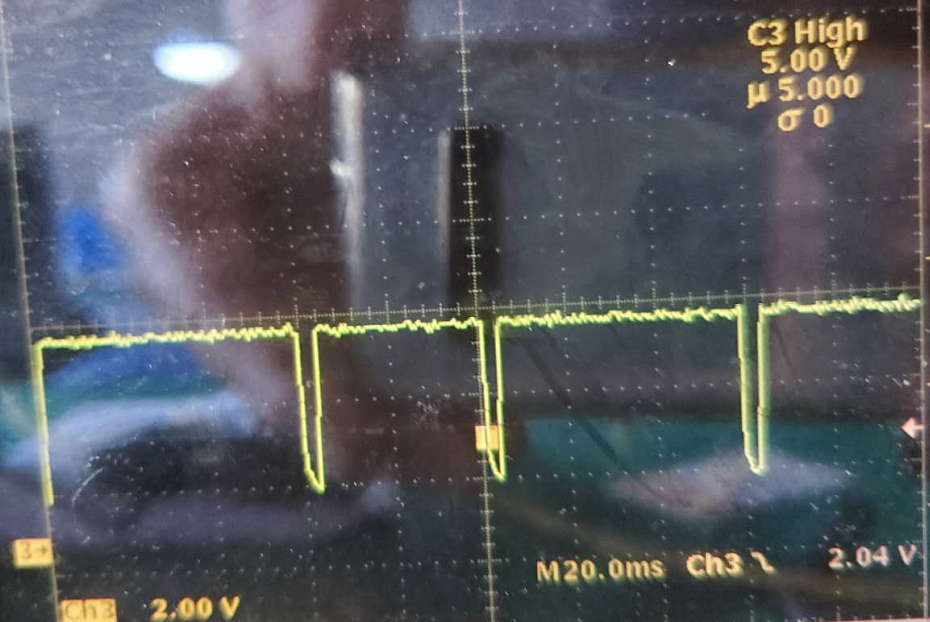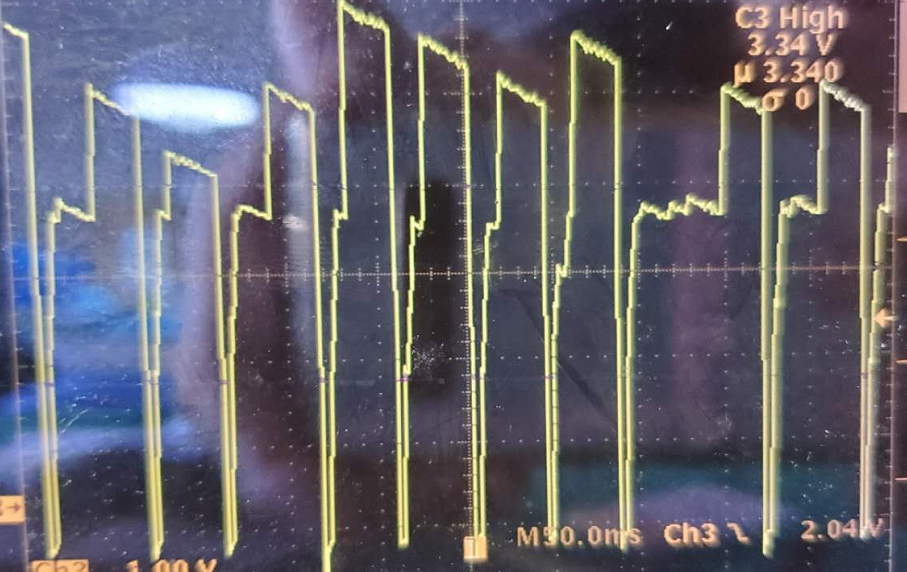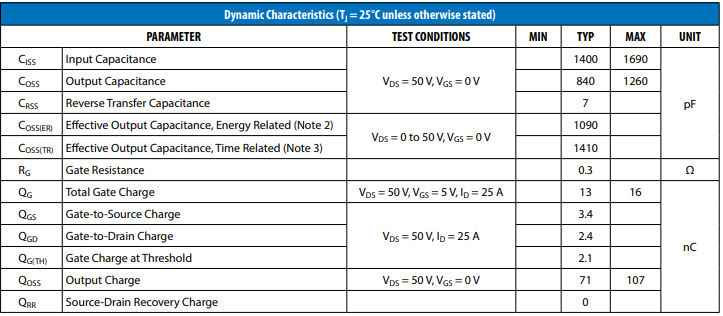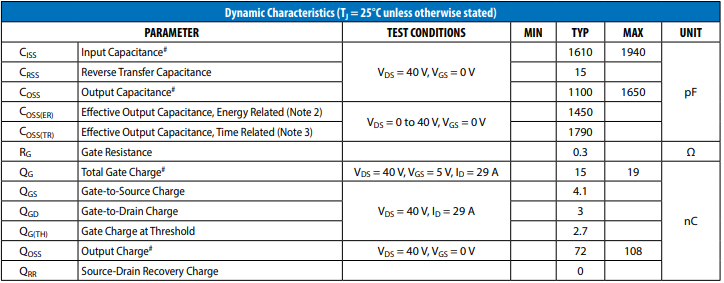Other Parts Discussed in Thread: LM25141, LM5143
Hi,
Our own LM25141 PCB is setting work at 2.2.MHz switching frequency and 3.3V output,but i measure the VDDA & VCC are dropped about 2V(figure 1),also the Vout looks like unnormal (figure 2),could you point at what the problem for me?






